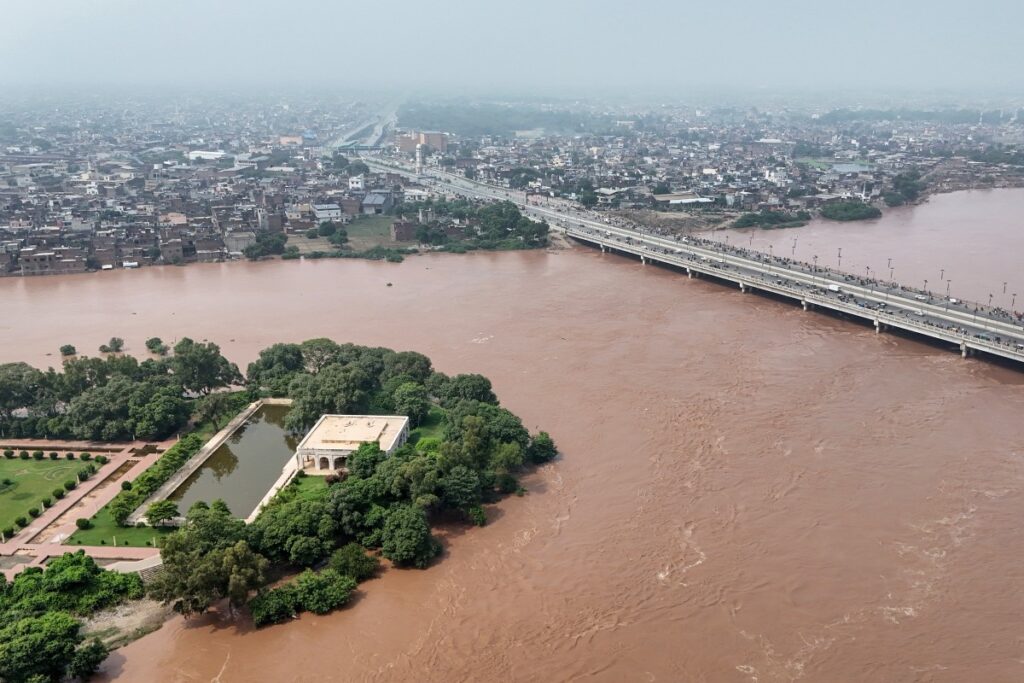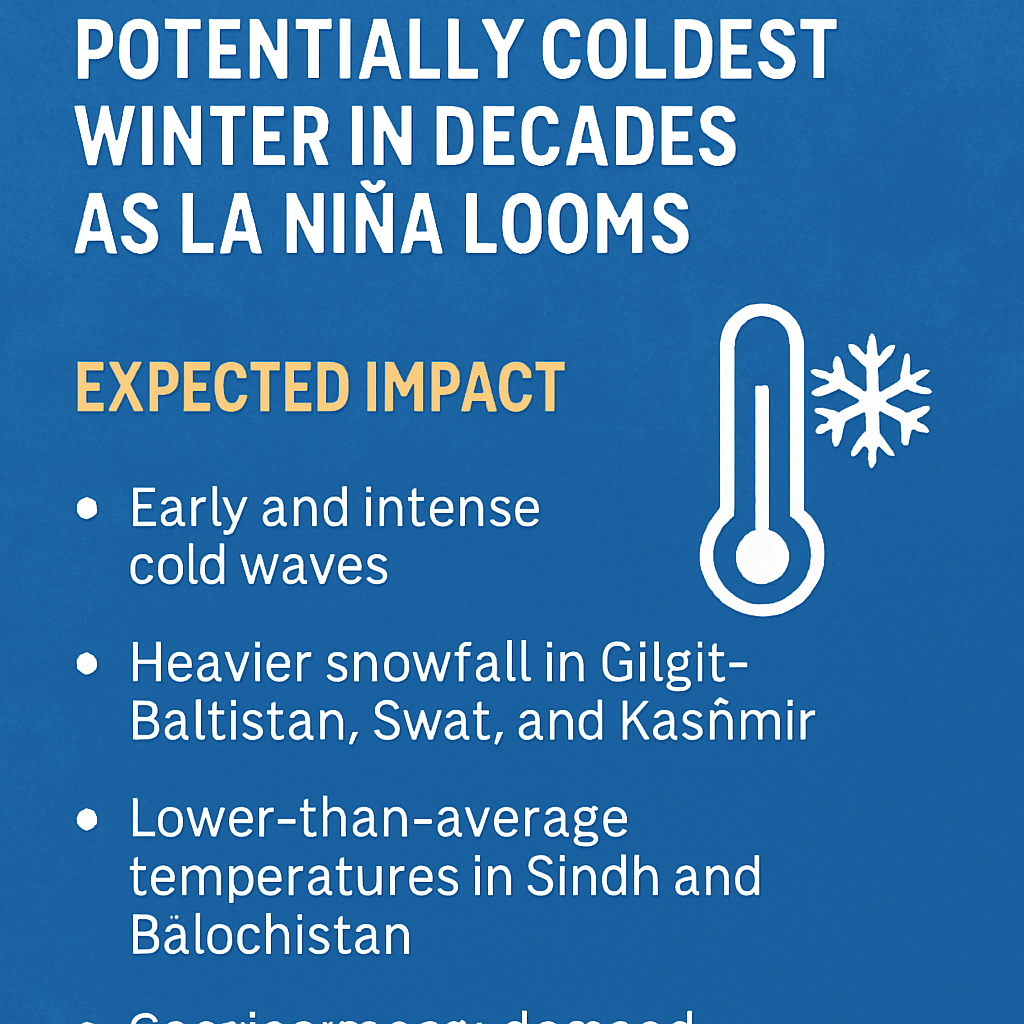A Light in the Dark
The floodwaters had swallowed entire villages, darkness had consumed the night, and hope seemed to be fading away. But in that moment of despair, a small drone appeared in the sky. Its thermal camera detected faint human heat signatures below, guiding rescuers to families who were only minutes away from tragedy.
This was not just a machine—it was technology at its most human, saving lives in Punjab’s worst flood crisis in years.
Stories of Survival
In a village near Okara, Muhammad Ramzan and his family were stranded on the roof of their house. Surrounded by water, with no way out, he clutched his two children while his wife prayed for help. Suddenly, a drone hovered above, its infrared lens picking up their body heat in the darkness. Within minutes, a rescue boat reached them.
“If this technology had not been there, we would have been left on that rooftop all night,” Ramzan later said. “The water might have swept us away.”
A similar story unfolded in Jhang, where 60-year-old Fatima Bibi was trapped alone on her rooftop. Rescue teams had searched for hours, but visibility was poor. It was the thermal drone that finally spotted her glowing heat signature, leading rescuers straight to her.
What Is Thermal Drone Technology?
So, how does this life-saving tool actually work?
Experts explain that all living beings emit infrared radiation in the form of heat. While the human eye cannot see it, thermal cameras capture this heat and translate it into visible colors. Warm areas appear red or yellow, while cooler areas show up as blue or green.
When these cameras are mounted on drones, they allow rescue teams to scan large areas quickly—even in total darkness, heavy rain, or thick fog. Unlike traditional cameras, thermal imaging does not depend on light, making it far more effective in disasters.
As security expert Badr Ali explains:
“Thermal drones don’t just help rescuers locate people; they also keep the rescue teams themselves safe by showing them the safest paths through dangerous conditions.”
Beyond Floods: Other Uses of Thermal Technology
Thermal cameras are not limited to flood operations. Firefighters use them to find victims trapped in smoke-filled buildings. Security agencies deploy them for night surveillance, and doctors even use thermal imaging to detect fevers or unusual body heat patterns.
The automotive industry is integrating thermal cameras into self-driving cars to detect pedestrians at night. Even consumer-level devices now exist, turning smartphones into basic thermal cameras for home inspections and electrical safety checks.
A First for Pakistan’s Disaster Management
While Pakistan has used thermal technology in military operations and border surveillance, its large-scale deployment in Punjab’s floods marked a first in disaster response. Officials from the Provincial Disaster Management Authority (PDMA) believe this could become a permanent part of future rescue strategies.
Conclusion
The Punjab floods showed that technology is no longer just about convenience—it is about survival. In a matter of minutes, thermal drones achieved what might have taken days with traditional methods.
For hundreds of families, that faint light in the dark sky was more than a machine—it was a miracle.
Disclaimer: This article is based on reports, survivor accounts, and expert commentary available at the time of writing. Readers are advised to follow official sources for the latest updates.
Tags/Keywords: #PunjabFloods #ThermalDrones #RescueTechnology #DisasterResponse #Innovation #PakistanUpdates











